Impressions of the West: John McPhee
 Wednesday, June 8, 2011 at 8:11PM Tweet
Wednesday, June 8, 2011 at 8:11PM Tweet  John McPhee. Credit: Office of Communications, Princeton University
John McPhee. Credit: Office of Communications, Princeton University
In Basin and Range John McPhee describes, in fascinating detail, the formation of the great Basin and Range area covering nearly all of Nevada, and significant portions of Utah, California, Arizona and New Mexico. In essence, the Basin and Range region was formed by the stretching of the earth’s crust (up to 100% of its original width). As the crust pulled apart, great faults were created. Along these faults, which generally run north-south because the stretching was east-west, mountains were uplifted and valleys were down-dropped, producing the alternating mountain-valley pattern that is distinctive of the Basin and Range region.
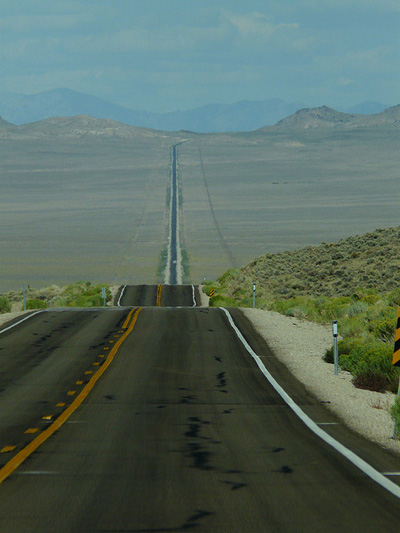 Credit: mrlaugh
Credit: mrlaugh
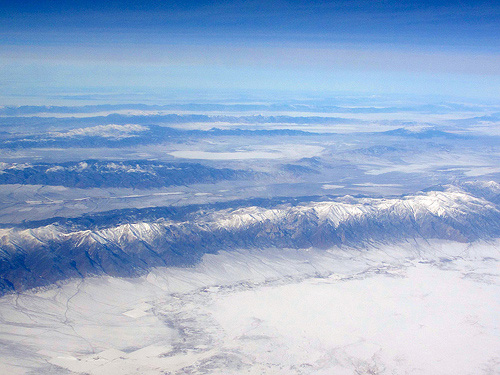 Credit: MiguelVieira
Credit: MiguelVieira
Here’s what McPhee has to say about it:
“Basin. Fault. Range. Basin. Fault. Range. A mile of relief between basin and range. Stillwater Range. Pleasant Valley. Tobin Range. Jersey Valley. Sonoma Range. Pumpernickel Valley. Shoshone Range. Reese River Valley. Pequop Mountains. Steptoe Valley. Ondographic rhythms of the Basin and Range. We are maybe forty miles off the interstate, in the Pleasant Valley basin [in central Nevada], looking up at the Tobin Range. … The Nevada terrain is not corrugated, like the folded Appalachians, like a tubal air mattress, like a rippled potato chip. This is not – in that compressive manner – a ridge-and-valley situation. Each range here is like a warship standing on its own, and the Great Basin is an ocean of loose sediment with these mountain ranges standing in it as if they were members of a fleet without precedent, assembled at Guam to assault Japan.
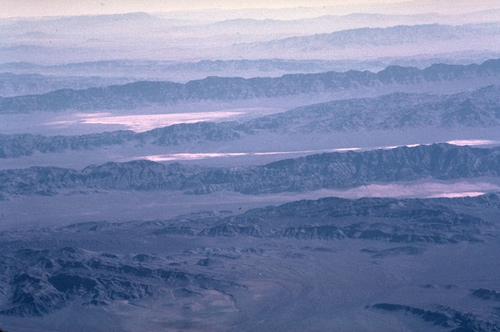 Credit: Marly Bryant Miller
Credit: Marly Bryant Miller
"Some of the ranges are forty miles long, others a hundred, a hundred and fifty. They point generally north. The basins that separate them – ten and fifteen miles wide – will run on for fifty, a hundred, two hundred and fifty miles with lone, daisy-petalled windmills standing over sage and wild rye. Animals tend to be content with their home ranges and not to venture out across the big dry valleys. ‘Imagine a chipmunk hiking across one of these basins,’ Deffeyes remarks. ‘The faunas in the high ranges here are quite distinct from one to another. Animals are isolated like Darwin’s finches in the Galapagos. These ranges are truly islands.
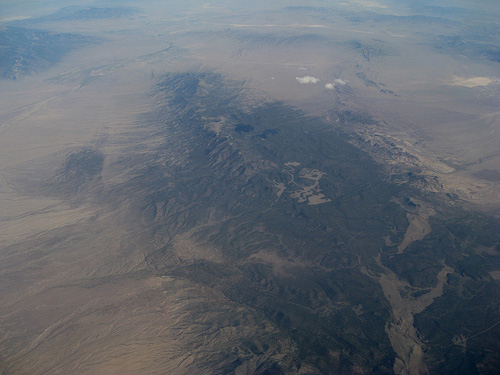 Credit: brewbooks
Credit: brewbooks
"Supreme over all is silence. Discounting the cry of the occasional bird, the wailing of a pack of coyotes, silence – a great spatial silence – is pure in the Basin and Range. It is a soundless immensity with mountains in it.”
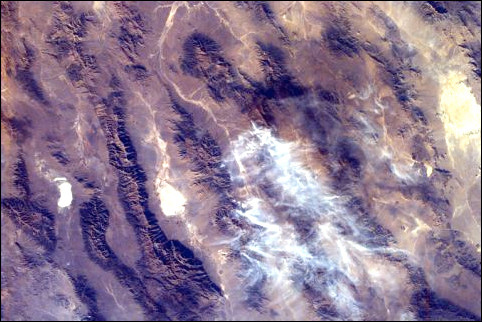 Basin and Range from space. Image courtesy of the Image Science & Analysis Laboratory, NASA Johnson Space Center
Basin and Range from space. Image courtesy of the Image Science & Analysis Laboratory, NASA Johnson Space Center
 Basin and Range,
Basin and Range,  John McPhee,
John McPhee,  Nevada,
Nevada,  Utah | in
Utah | in  Impressions of the West,
Impressions of the West,  McPhee
McPhee 